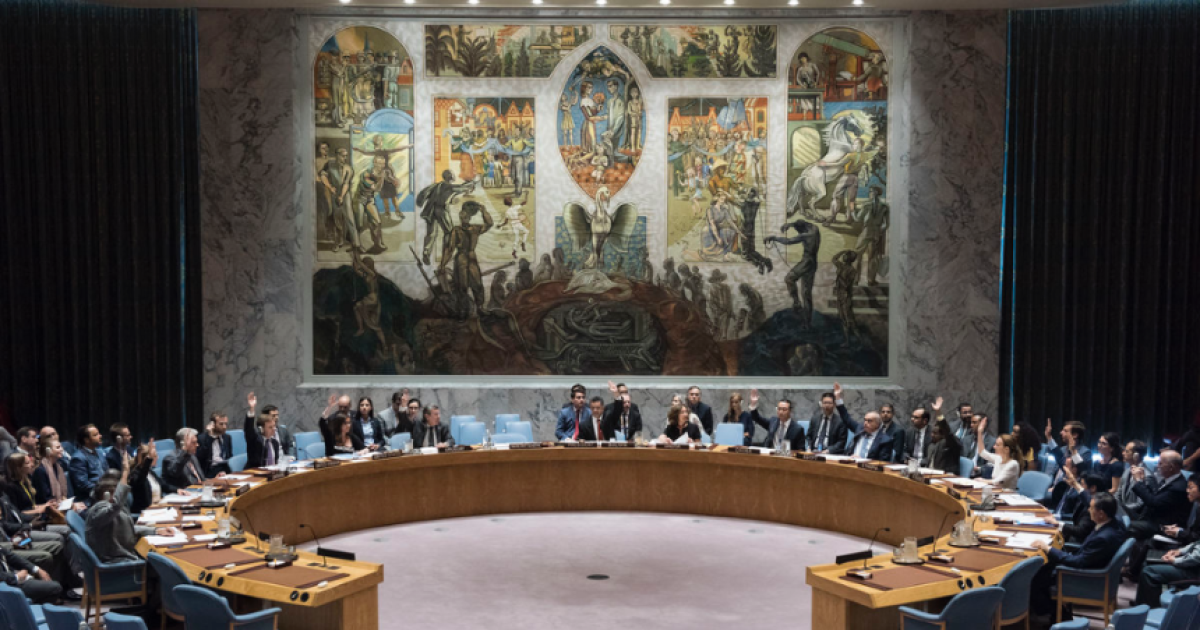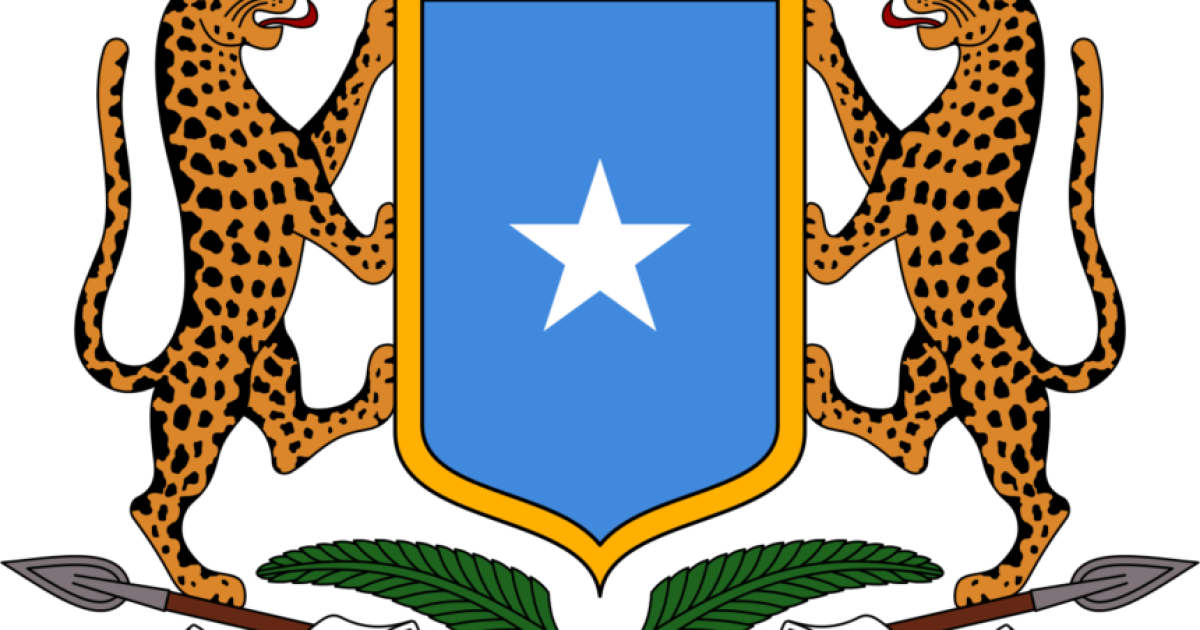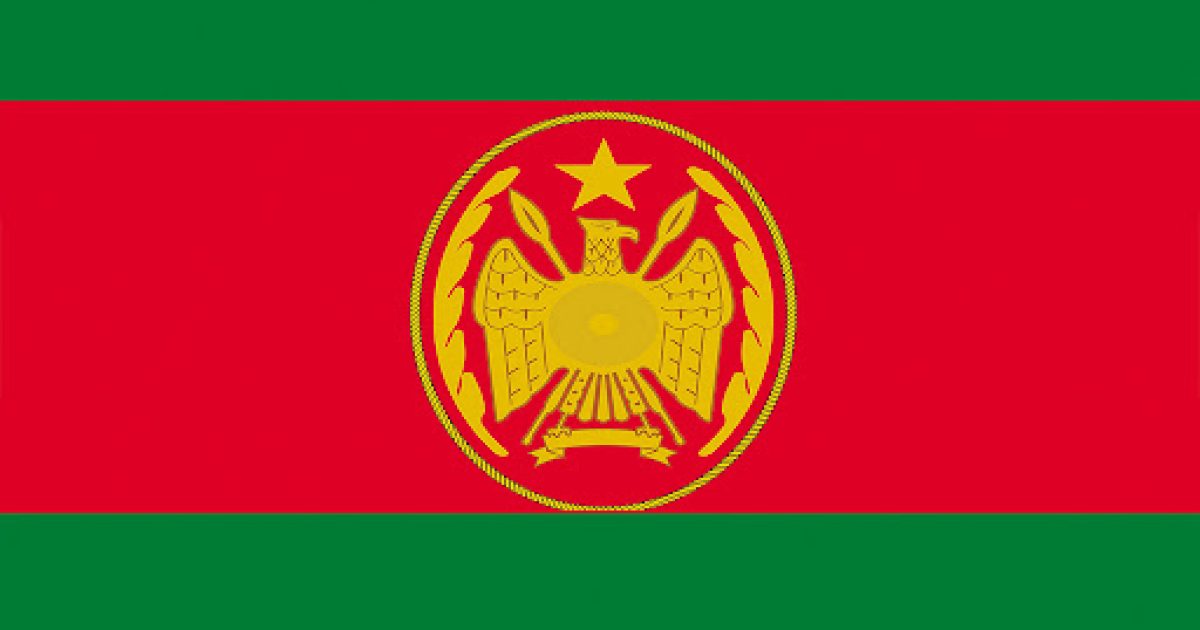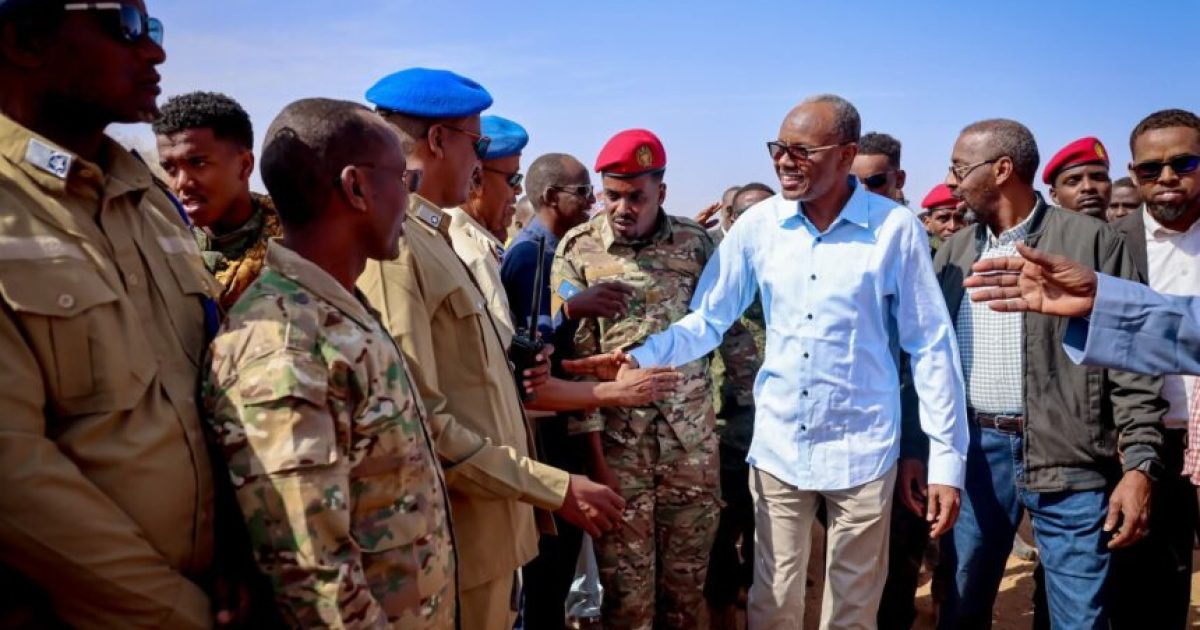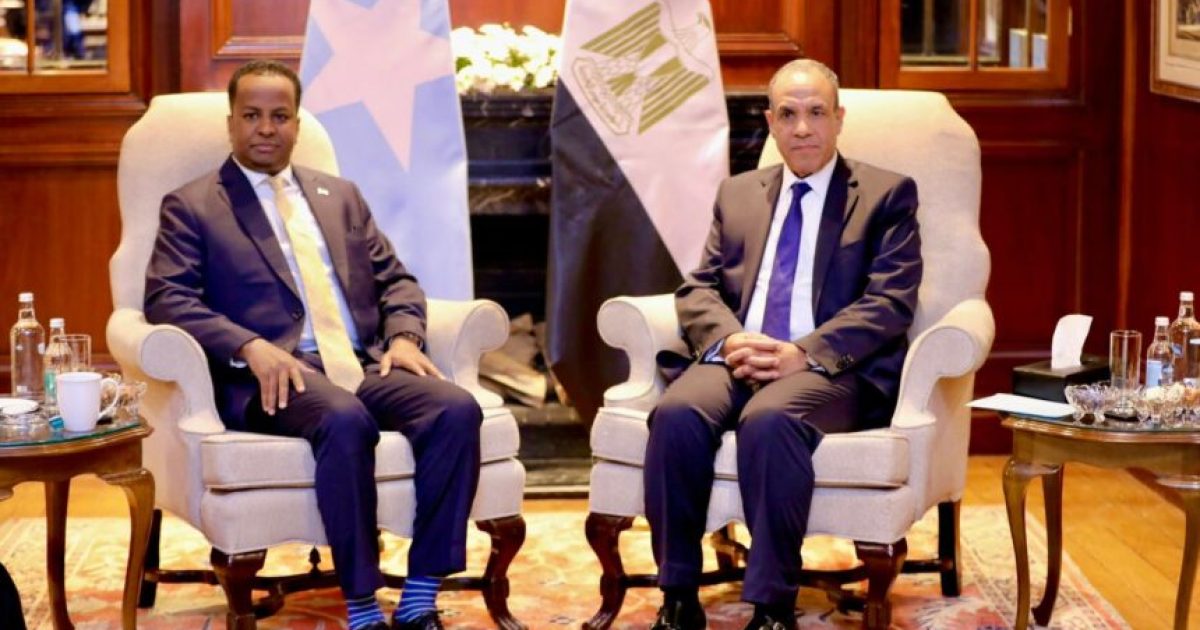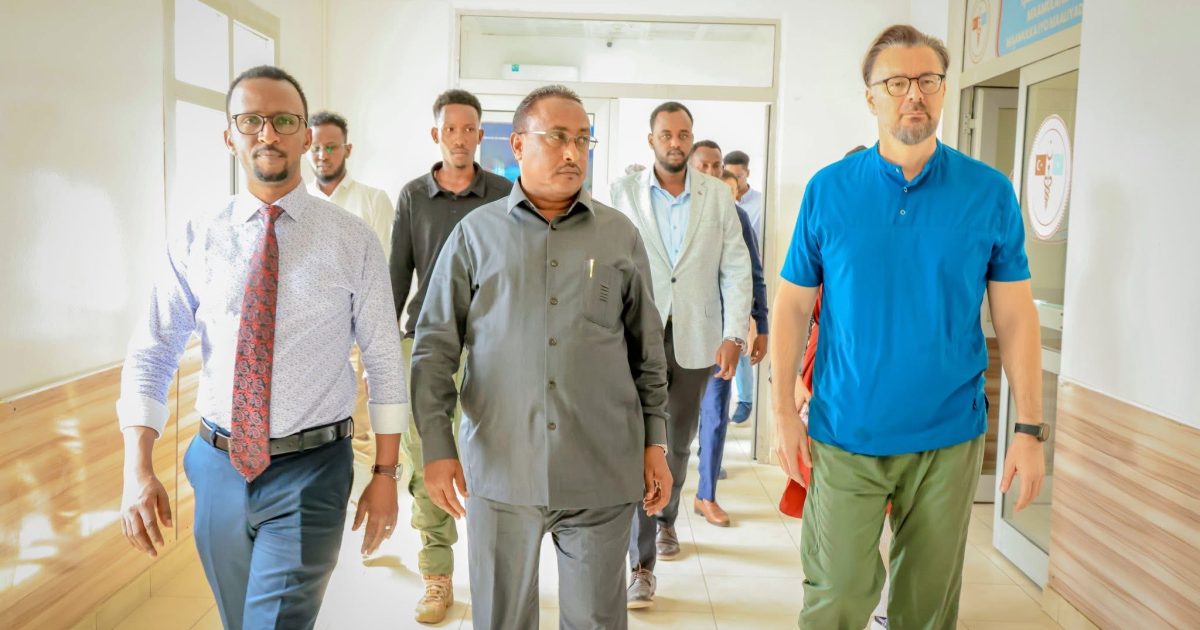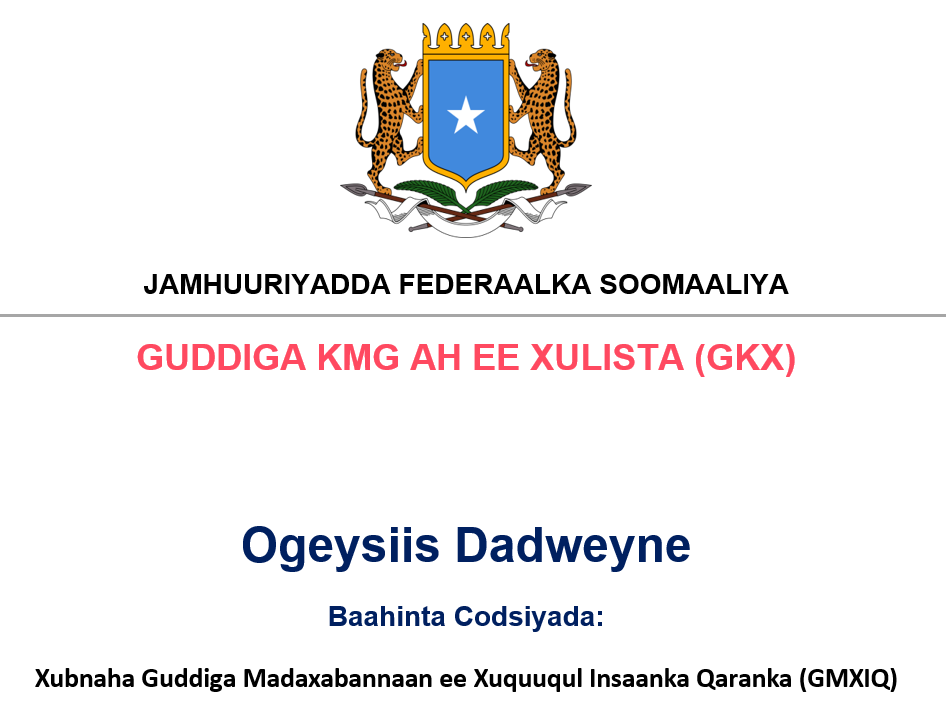Introduction
After three decades of enduring the impacts of an arms embargo, Somalia has taken a significant step by lifting the restrictions on the importation of weapons. This move raises questions about the potential opportunities it may present in the context of the ongoing war on terror, as well as the readiness of Somalia’s weapons stockpile. In this article, we will delve into the historical background of the arms embargo, analyze the implications of its removal, and assess the potential challenges and opportunities for Somalia in the complex landscape of regional security.
The History of the Arms Embargo in Somalia
Somalia has been plagued by decades of political instability, internal conflicts, and the presence of extremist groups, such as Al-Shabaab. In response to the prevailing insecurity, the United Nations imposed an arms embargo on Somalia in 1992, with the aim of preventing the flow of weapons to various warring factions and promoting stability in the region. The embargo sought to curb the proliferation of arms that exacerbated violence and hindered efforts to establish a functional government.
The lifting of the arms embargo comes after a prolonged period during which Somalia has made significant strides in stabilizing its political landscape. The Somali government’s cooperation with international partners, including the African Union and the United Nations, has been instrumental in addressing security concerns and fostering a conducive environment for the embargo’s removal.
Implications for Regional Security
The removal of the arms embargo has far-reaching implications for regional security in the Horn of Africa. On one hand, it signifies a level of confidence in Somalia’s ability to responsibly manage its weapons and contribute to regional stability. On the other hand, concerns may arise about the potential for arms proliferation, with the possibility of weapons falling into the wrong hands.
Somalia’s strategic location along key maritime routes and its proximity to countries such as Yemen, which has experienced its own conflict, add a layer of complexity to the regional dynamics. The international community will be closely watching how Somalia navigates the delicate balance between strengthening its security forces and preventing the misuse of weapons.
Opportunities in the War on Terror
The war on terror has been a central focus for Somalia, particularly in its efforts to counter the influence of AS. The lifting of the arms embargo presents an opportunity for Somalia to enhance its counterterrorism capabilities. With access to a broader range of weapons and military equipment, Somali security forces could potentially become more effective in combating extremist groups that have posed a persistent threat to the nation.
However, the success of leveraging this opportunity depends on the Somali government’s commitment to transparency, accountability, and adherence to human rights standards. Ensuring that weapons are used for legitimate security purposes and are not misappropriated for internal repression or illicit activities is crucial for gaining the trust of the international community.
Challenges and Concerns
While the removal of the arms embargo opens up possibilities for Somalia, it also brings forth challenges and concerns. One primary concern is the potential for arms to be diverted to non-state actors or criminal networks, exacerbating existing security threats. The Somali government must implement robust mechanisms for arms control, including inventory management, tracking, and monitoring, to mitigate the risk of weapons ending up in the wrong hands.
Another challenge lies in the capacity of Somali security forces to responsibly handle and deploy the newly acquired weapons. Adequate training, maintenance, and logistical support are essential components of building a capable and professional military force. International partners can play a vital role in providing technical assistance and capacity-building programs to ensure the effective and responsible use of weaponry.
The Readiness of Somalia’s Weapons Stockpile
Assessing the readiness of Somalia’s weapons stockpile involves examining the state of the country’s military infrastructure, logistics, and the overall capacity of its security forces. The Somali government, in collaboration with international partners, should prioritize investing in the modernization and professionalization of its armed forces.
A comprehensive review of the weapons stockpile is imperative to identify any outdated or obsolete equipment that may need replacement. The integration of advanced technologies and intelligence capabilities will enhance the effectiveness of Somali security forces in addressing evolving security challenges.
Conclusion
The decision to lift the arms embargo marks a significant milestone in Somalia’s journey toward stability and security. However, it comes with a set of challenges that necessitate careful consideration and strategic planning. Somalia must strike a delicate balance between bolstering its security apparatus and preventing the misuse of weapons. The international community’s support, through technical assistance and capacity-building initiatives, will play a pivotal role in ensuring that Somalia’s post-embargo era contributes to regional peace and stability. As Somalia navigates this critical juncture, the world watches with a mixture of hope and caution, mindful of the potential impact on the broader landscape of the war on terror in the Horn of Africa.
Roble Idle – Writer
Email: [email protected]


